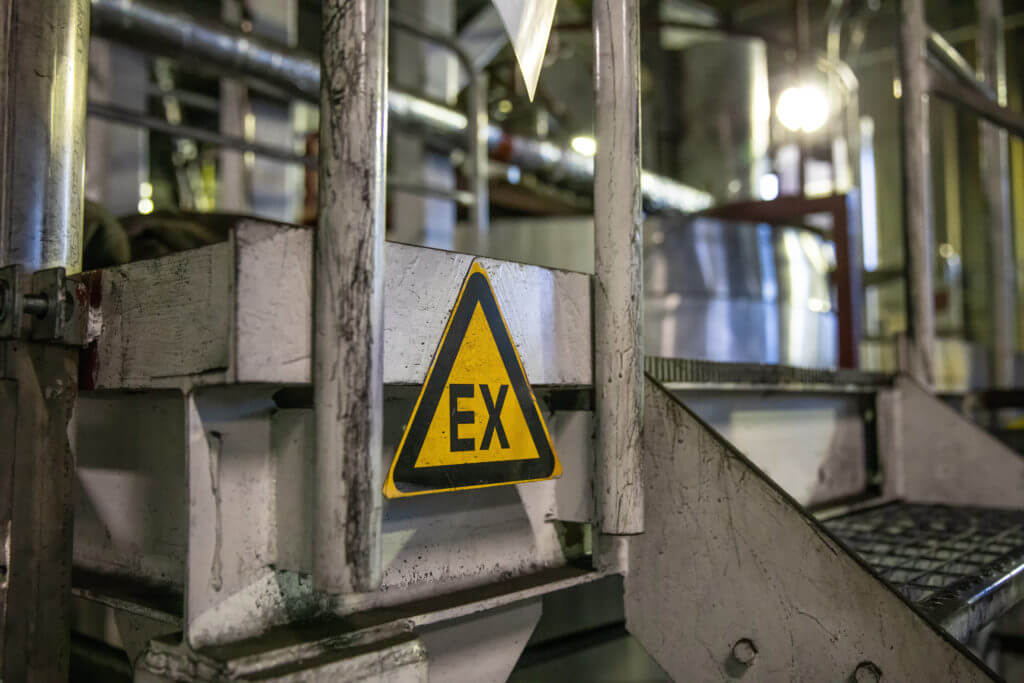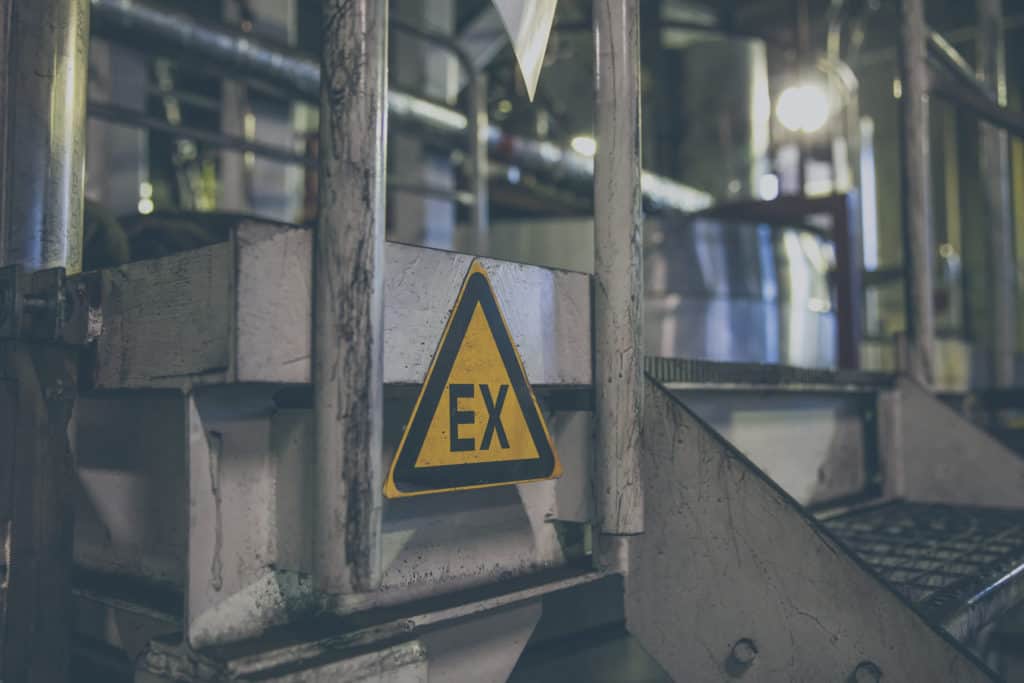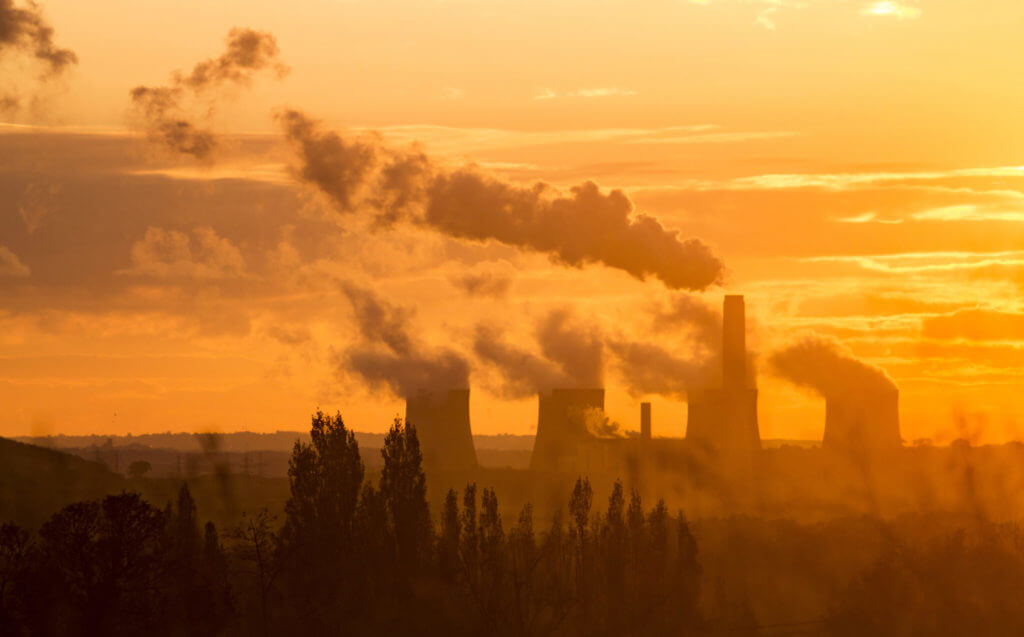A fine sugar dust explosion can generate pressure in excess of 7 bar within enclosed process equipment in less than 100 milliseconds. On February 7, 2008, a catastrophic sugar dust explosion occurred in a refinery in the U.S. The explosion resulted in heavy casualties among the workers. Consequently, the company involved faced prosecution and suffered a huge financial loss.
Basically, when you confine and disperse combustible dust in an enclosed space or building, ignition will result in an explosion. In the case of a 2008 sugar plant dust explosion, the investigators reported that one of the silo chutes was clogged. This resulted in a back-up on the conveyor belt. Meanwhile, it released massive amounts of dust into the enclosure. An overheated bearing ignited the dust, causing the first explosion. But this was not the end. A secondary and even more destructive sugar dust explosion occurred as the primary explosion swept across the packaging building, dislodging sugar dust accumulated on the floors, equipment, and other surfaces.
How can we prevent sugar dust explosions?
The National Fire Protection Association (NFPA) in the US, the ATEX in Europe and the US Occupational Safety and Health Administration (OSHA) have released guidelines to prevent sugar dust explosions. Applying some basic measures to sugar production are the first step to a healthy work environment. For example:
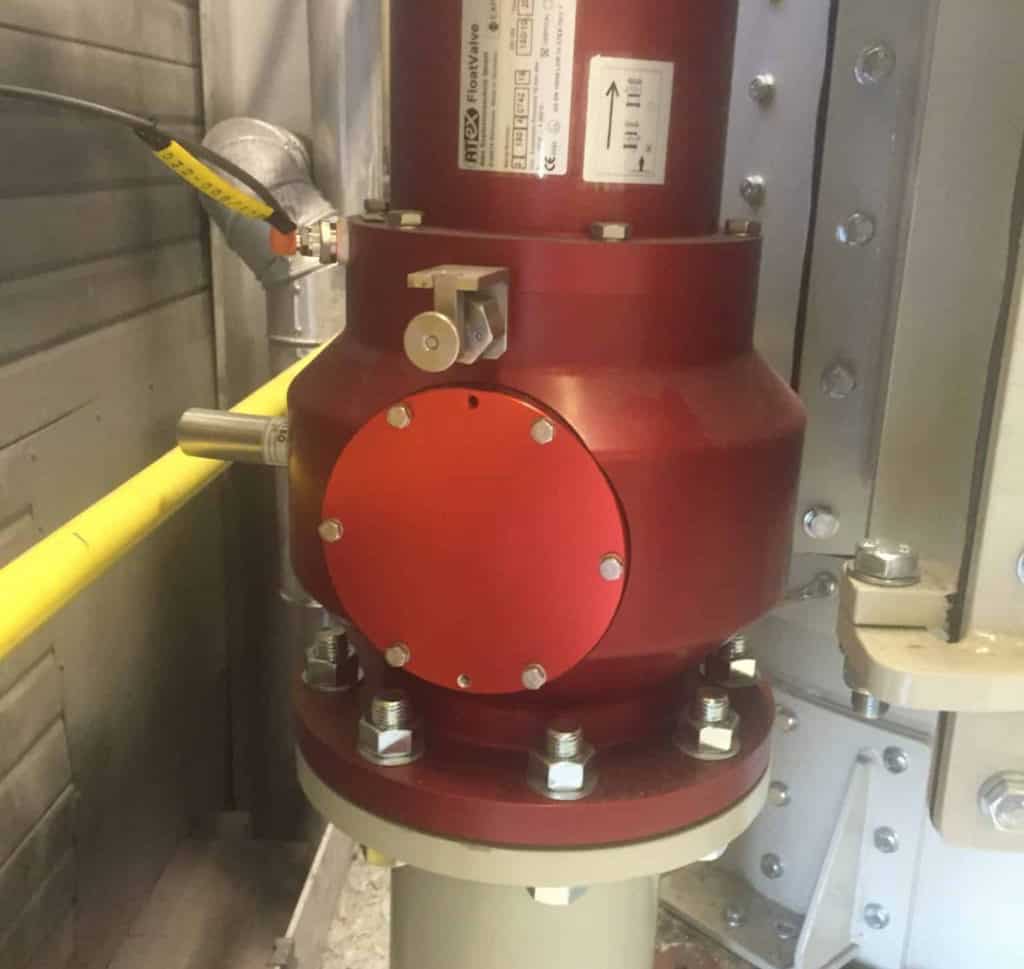
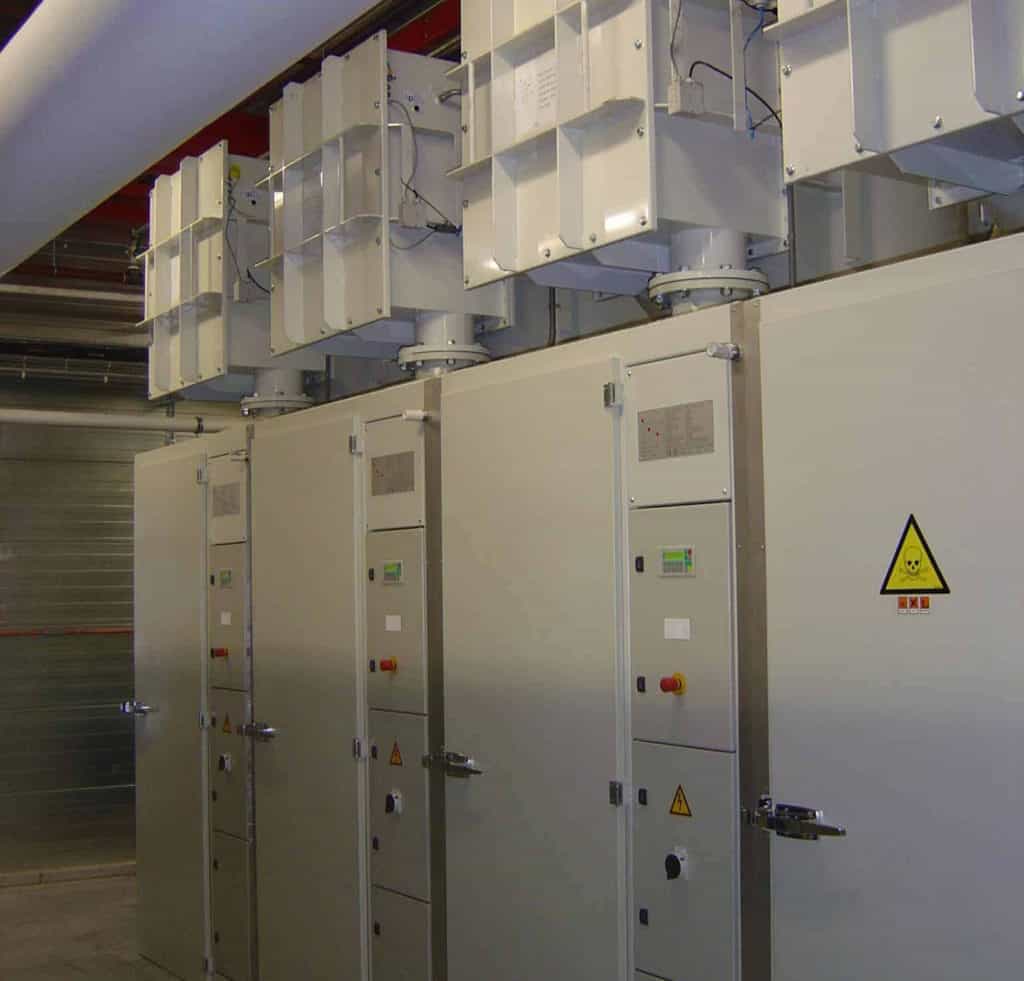
1. Prevent, control, and if necessary, remove dust accumulations
- Utilize smooth ceilings and sloping surfaces, and put covers around pipes and cable floor and wall penetrations, or embed them in the walls to minimize dust accumulation and related cleaning work.
- Use an appropriate dust collection system, capable of handling of sugar dust from the production process, minimizing build-up of combustible dust in the piping network. Additionally, apply ATEX-compliant filters, capable of venting explosion pressure safely outside. Finally, eliminate the risk of secondary explosions by blocking in or disconnecting the filter from the piping network in case of a sugar dust explosion. Note: direct explosion venting and relief valves away from dust hazard areas.
2. Eliminate the ignition source
- Apply infrared spark detection in high-risk sugar handling facilities such as dryers, hammer mills, jet mills, palletizers, etc. Furthermore, remove open flames, sparks, friction, heat sources, and other sources of ignition.
- Ensure that all mechanical and electrical equipment is in good working order. Check equipment that may wear down as it may generate heat and become an ignition source.
- Keep static electricity under control. Check all bonded and grounded equipment regularly to ensure the bonds are in good condition.
In many factories, despite preventing direct dust emissions with well-designed dust collection systems and good maintenance of the equipment, preventing dust release during maintenance work or unforeseeable accidents is almost impossible. Here the best remedy is providing explosion-safe CVC skids for centralized vacuum cleaning, immediately eliminating spills before they can generate a sugar dust explosion hazard. Using ATEX-compliant skids is highly recommended.This way, you can provide a healthy work environment.

